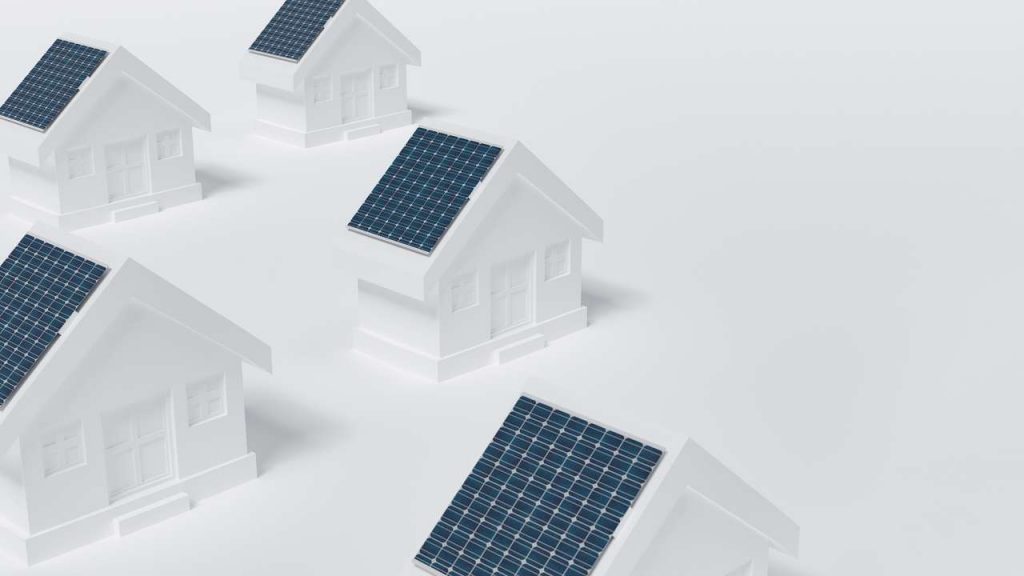Grid-tied solar power arrays vary from 6 to over 100 panels. This depends on consumption needs, utility power and buy-back price, and system size limits set by the utility. With less than 6 panels, the fixed cost of the grid-tie equipment can erase the benefits of installing solar. Take a pass.
Off-grid, direct current, solar solutions can be sized down to one small, even portable panel. This can provide electricity to many types of devices, only limited by your imagination or needs.
For customers of APS, solar systems are generally designed to offset 100% of the previous 12 months electrical consumption. There is a maximum size allowed by APS of 7.5 kW solar for every 100 amps of service at your main panel.
Sizing a solar system to offset 100% of power requirements can be difficult for certain properties. It may be a lack roof space with attractive sun exposure. Could be a problem with shadows from trees, chimneys or other buildings blocking sunlight. You can always trim a tree, tougher to move a building!
Perhaps there is no option to add further structures or a ground mount installation to properly orient panels. Higher wattage panels are always possible on what attractive space is available, as long as this improves the system economics.
There is no sense in offsetting your entire electricity bill unless the economics of doing so are attractive.
The solar panel array may be sized to the amount that you wish to invest, or can qualify, with a loan or cash out mortgage. The solar system size does not need to offset 100% of your electrical needs to be a very attractive investment. In fact, there are some very good reasons for making it smaller, especially if it’s possible your electrical consumption may fall in the future.
This could be due to changing out an old AC unit with a new high efficiency model using much less electricity. The same could be said for replacing your refrigerator, freezer, washer and dryer, or pool pump. Less people living in a home will also reduce future electricity use.
There is a minimum number of panels, perhaps 10, which avoids a small system charge. In this situation, one may even consider installing more panels to reach the magic number of 10, by going with a lower wattage, and sometimes less expensive, solar panel to reduce your overall investment for the same system power.
The number of solar panels on a property should consider electrical consumption, available attractive space, limitations placed by the utilities, available funds for loan or investment, and future needs. The final tally should focus on being the most feasible for your situation.







